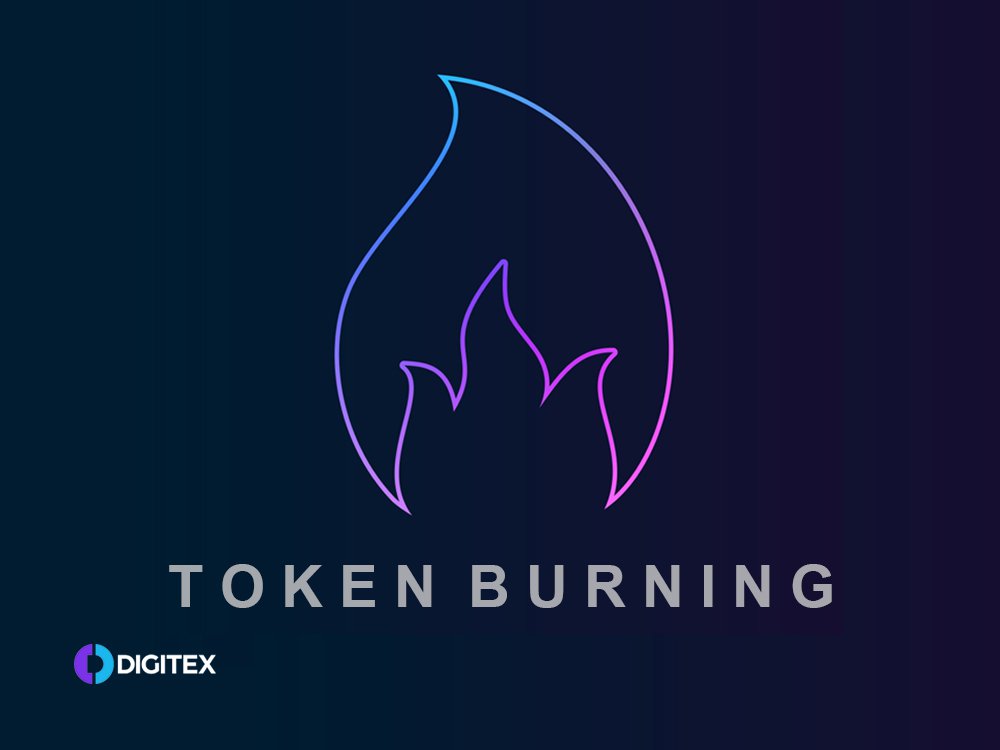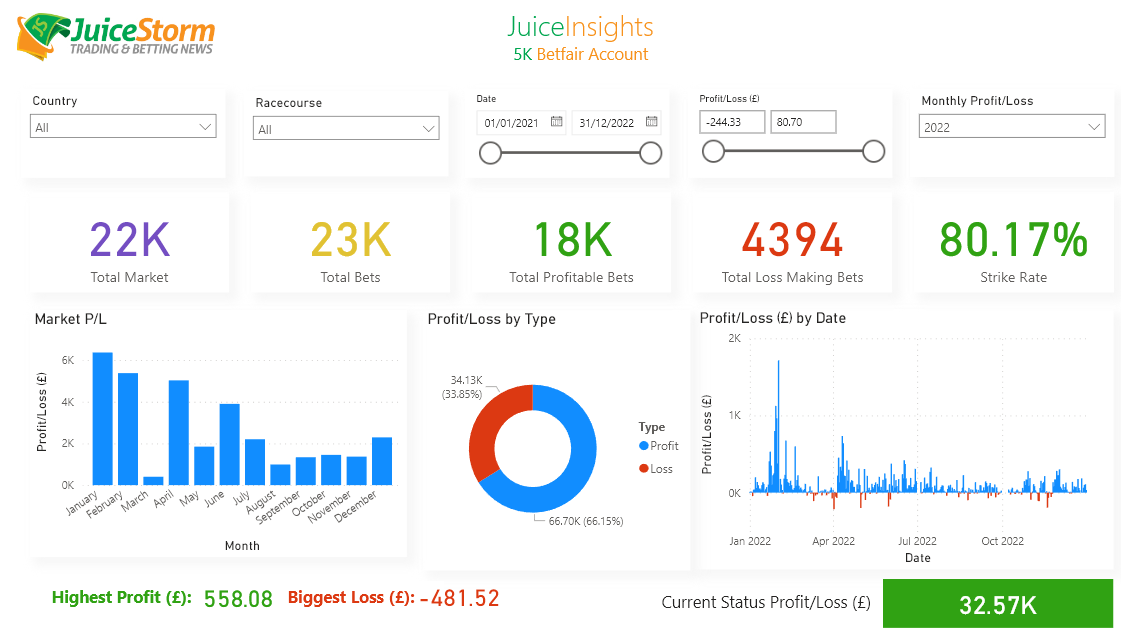Digitex Futures Proposes the Idea of Token Burning to the Community
Adam Todd outlines a proposal for introducing token burning.
- Digitex Has Been Two Years in the Making - November 27, 2019
- Digitex Futures Is Ready to Revolutionize Futures Trading - November 26, 2019
- With 4 Days to Go, Check Out the Progress on the Digitex Testnet - November 26, 2019
In this latest post and video, CEO Adam Todd outlines a proposal for introducing token burning into the tokenomics of the Digitex (DGTX) token. This is currently just a proposal and whether or not it is implemented will depend on the response from the community. We will post an article later this week that contains more details about how such proposals will be submitted and voted on when Digitex becomes a DAO. Below are the mechanics of how the proposed system would work.
The Concept:
The Liquidation Engine of the Digitex Futures exchange penalizes highly leveraged traders that allow their account balance to drop below the required Maintenance Margin amount needed to maintain their open position, thus forcing the exchange to take over their position and liquidate it. When force liquidating a position the exchange stops out the trader at his bankruptcy price as if he lost his entire Initial Margin but it is probable that the exchange gets a better price. All additional funds made when the exchange gets a better price are deposited into an Insurance Fund. The entire balance of the Insurance Fund is burned every night at midnight UTC.
The Mechanics:
- Traders on the Digitex Futures exchange must have sufficient Initial Margin in their trading account to open a futures position.
- After opening a futures position, a trader must have sufficient Maintenance Margin in their trading account to keep that position open.
- Initial Margin is calculated as: Contract Value divided by Leverage Rate.
- Maintenance Margin is calculated as 50% of Initial Margin.
- If the trader’s account balance falls below the Maintenance Margin requirement to maintain the current open position, the system will cancel the unmatched orders on that market to free up the margin requirements of those unmatched orders. If after doing this, the account balance is still below the required Maintenance Margin, the system will take over the trader’s position and liquidate it.
- The Liquidation Engine takes over positions from traders whose account balance has fallen below the minimum required Maintenance Margin amount to maintain their open position on a futures market.
- After assuming a trader’s open futures position, the system will attempt to immediately close that position by submitting a buy or sell order at the bankruptcy price.
- The bankruptcy price is the price at which the trader will lose his entire Initial Margin amount that he posted to open the position.
- For Long positions, the bankruptcy price is calculated by subtracting the Initial Margin requirement from the trader’s entry price. For Short positions, the bankruptcy price is calculated by adding the Initial Margin requirement to the trader’s entry price.
- After assuming a trader’s position, if the system is able to liquidate that position at a better price than bankruptcy price, the additional funds are placed into the Insurance Fund.
- Example trade: Bob places a limit order to buy 1 BTC/USD futures contract at 10,000 at 100x leverage which requires Initial Margin of 100 DGTX. He has exactly 100 DGTX in his trading account and shortly after placing it, his buy order is filled. His Maintenance Margin requirement is therefore 50 DGTX, which means his account balance must have at least 50 DGTX in it to maintain this open Long position. If the price drops to 9,950 his account balance falls to 50 DGTX and the system will take over his position and will submit a sell order at the bankruptcy price of 9,900 (Entry Price – Initial Margin).
- In the above example, if the system submits a sell order at 9,900 when the last traded price is currently 9,950, it is probable that the position will be closed at a better price than 9,900. If the position is liquidated at 9,940, then 40 DGTX will be added to the Insurance Fund.
- This effectively means that traders who allow their position to be force liquidated by the exchange by allowing their account balance to go below the required Maintenance Margin level will always lose the full Initial Margin amount they posted to open that position, even if the position is closed at a better price than bankruptcy price. Any additional funds that are made by getting a better price than bankruptcy price are added to the Insurance Fund and not to the trader’s account. This will incentivize traders to avoid forced liquidations which are a risk vector for the exchange.
- This liquidation system is very similar to how BitMEX takes over and liquidates bankrupt traders’ positions. Note here how consistently their Insurance Fund balance increases with virtually no daily drawdowns of any significance over a period of years, even during periods of high volatility.
- The BitMEX Insurance Fund balance has increased 99 days out of the last 100 days and this is typical performance going back for years.
- If the Insurance Fund of the Digitex Futures exchange performed in approximately the same way as BitMEX’s Insurance Fund then we would have burned tokens 99 days out of the last 100 days.
- Instead of building up a huge Insurance Fund that may never be needed, Digitex can transfer that value to other Digitex (DGTX) token owners whilst still having the safeguard of an Insurance Fund.
- All account balances are denominated in Digitex (DGTX) tokens and all trading profits and losses are in Digitex (DGTX) tokens. Therefore, the Insurance Fund balance is denominated in Digitex (DGTX) tokens.
- The entire balance of the Insurance Fund will be burned every day at midnight UTC.
- This means the Insurance Fund will always be empty, but it has the power to issue new tokens to cover its liabilities. It is highly likely that the number of new tokens that must be occasionally issued to cover losses will be significantly less than the number of tokens that are burned every day.
- The token burning process will be fully verifiable and the corresponding number of Digitex (DGTX) tokens that are destroyed will be subtracted from the available supply as displayed on etherscan.io.
- In the event of system losses during periods of high volatility when the exchange is unable to liquidate assumed futures positions without suffering losses, the Insurance Fund can issue new Digitex (DGTX) tokens to cover those losses. This process will be fully verifiable and any new tokens issued will be visible on etherscan.io.
- The Insurance Fund will have its own page on the exchange where all token burning and token issuance activity and history can be clearly seen and verified on etherscan.io.
- Possible variations of this system that can be voted on by the DAO are whether we burn tokens on a weekly, monthly or quarterly schedule instead of daily. Also, the DAO can decide on whether to burn all tokens in the Insurance Fund or whether to keep a certain minimum balance to avoid the need for token issuance after one losing day.
We encourage you all to share your feedback on Telegram and/or Twitter, and we will collect all your questions throughout the week. This Friday, 28th June at 3 pm UTC, Adam will host another live AMA to further discuss the Digitex token burning proposal. Again, whether or not this will be implemented depends on the response from the community. We encourage you all to participate in sharing your feedback!





